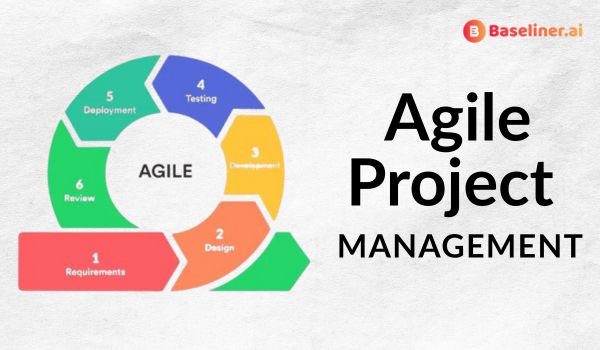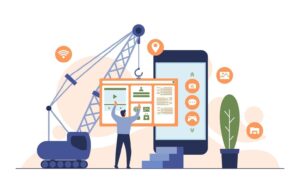
Introduction
If you’ve ever been stuck in a project where deadlines slip, requirements change overnight, and the final product misses the mark, then Agile Project Management might be your lifesaver. Agile isn’t just a method—it’s a mindset focused on adaptability, collaboration, and delivering value quickly.
What is Agile Project Management?
Agile Project Management is a flexible approach to managing projects that focuses on delivering work in small, manageable chunks called iterations or sprints. Unlike the traditional “Waterfall” method, where everything is planned upfront, Agile embraces change and encourages feedback throughout the process.
Core Principles of Agile
At its heart, Agile follows principles outlined in the Agile Manifesto:
- Individuals and interactions over processes and tools
- Working product over exhaustive documentation
- Customer collaboration over contract negotiation
- Responding to change over following a plan
These principles put people and adaptability first, making projects more responsive to real-world needs.
Popular Agile Frameworks
Agile isn’t a one-size-fits-all system. There are multiple frameworks under the Agile umbrella:
- Scrum – Breaks work into short sprints, with roles like Scrum Master and Product Owner guiding the process.
- Kanban – Uses visual boards to track work and limit tasks in progress for better focus.
- Lean – Focuses on eliminating waste and optimizing efficiency.
- Extreme Programming (XP) – Centers on improving software quality through frequent releases and testing.
Teams often blend these approaches to fit their needs.
Benefits of Agile Project Management
Adopting Agile offers several advantages:
- Faster Delivery – Projects move forward in short cycles, so teams can release usable work quickly.
- Better Collaboration – Regular stand-up meetings and reviews keep everyone aligned.
- Flexibility – Changing priorities? No problem—Agile is built for adaptation.
- Higher Quality – Frequent testing and feedback ensure issues are caught early.
Challenges of Agile
While Agile sounds perfect, it’s not without challenges:
- Resistance to Change – Some teams struggle to move away from traditional methods.
- Misunderstanding the Process – Without proper training, Agile can turn into chaos.
- Scaling – Large organizations need careful planning to apply Agile effectively.
Implementing Agile in Your Organization
If you’re ready to go Agile, here’s a simple path:
- Educate Your Team – Provide training on Agile principles and frameworks.
- Start Small – Pilot Agile with a small project before scaling up.
- Choose the Right Tools – Use digital boards, backlog management tools, or physical whiteboards.
- Focus on Continuous Improvement – Hold retrospectives to discuss what’s working and what’s not.
Agile in Different Industries
While Agile began in software development, it’s now used in:
- Marketing – Managing campaigns with flexibility.
- Manufacturing – Streamlining processes.
- Education – Adapting lesson plans and projects for better learning outcomes.
The Future of Agile
With remote work, AI tools, and automation, Agile is evolving faster than ever. Expect to see more hybrid models that blend Agile with other methodologies to suit unique project demands.
Conclusion
Agile Project Management is more than a trend—it’s a proven way to deliver value faster, improve collaboration, and adapt to changing needs. Whether you’re in tech, marketing, or any other industry, adopting Agile can transform the way you work.
FAQs
- Is Agile suitable for every project?
Not always. It works best for projects with evolving requirements and high collaboration. - Can Agile work without Scrum?
Yes, Scrum is just one of many Agile frameworks. You can use Kanban, Lean, or a hybrid model. - How can I convince stakeholders to adopt Agile?
Show them real examples of faster delivery, improved quality, and happier teams. - What’s the difference between Agile and Waterfall?
Waterfall follows a strict sequence, while Agile is iterative and adaptable.
5. How do you measure Agile success?
Metrics like velocity, customer satisfaction, and quality improvements are common indicators.




